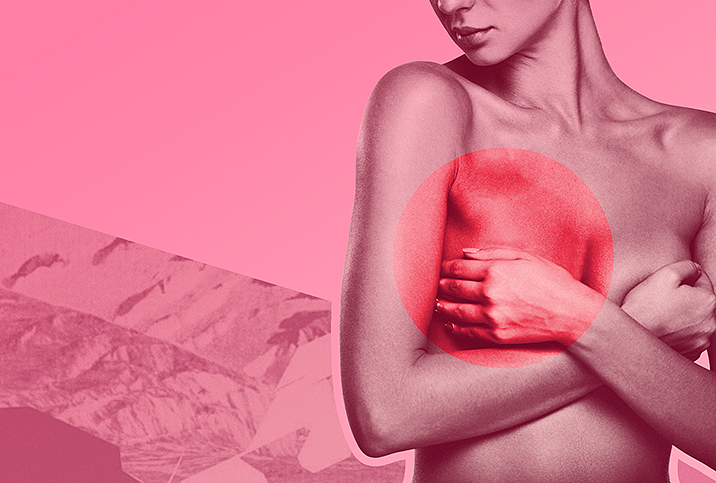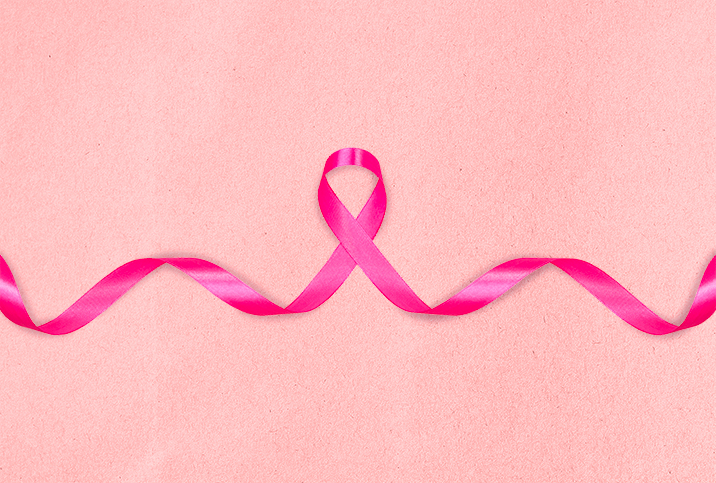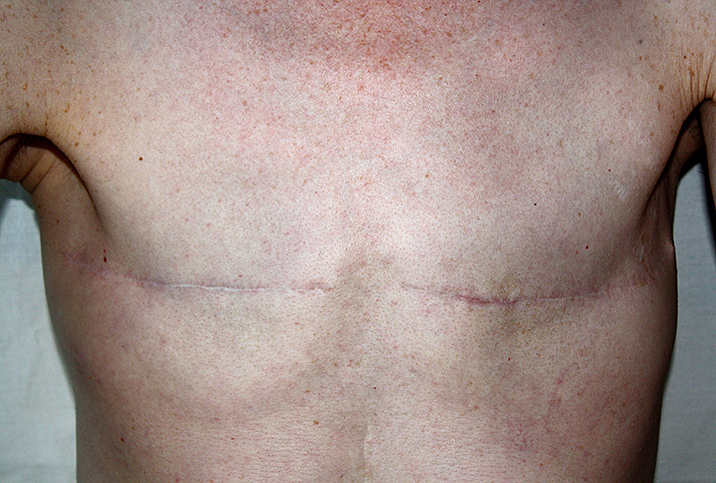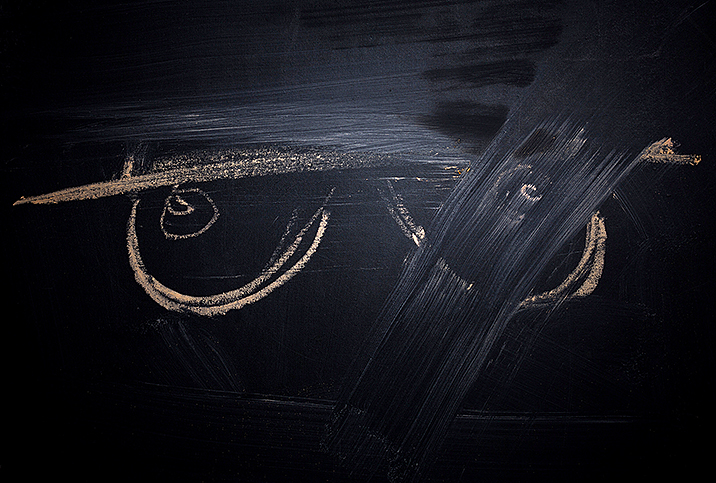Minimizing Breast Cancer Scarring: Survivors Share What Worked for Them

When Lisa Nunes was diagnosed with breast cancer, she was immediately concerned about scarring. Nunes had worked as an aesthetician at Skin Enthusiast for 14 years, and although she hadn't specialized in scar repair, she began learning about it after undergoing double mastectomy surgery followed by flat closure in early 2021.
"I have a lot of things available to me with my license, and have researched cold-pressed, organic and refined seed oils," Nunes told me.
As soon as she was cleared to touch her scars, three weeks after surgery, Nunes began using vitamin E oil for its antioxidant properties and fat-soluble compounds. Additionally, she used aloe vera and calendula oil from the marigold flower, which is anti-inflammatory, antibacterial and antifungal.
"It's very healing for the skin and for softening the scar tissue," she said. "I make a blend of those oils and apply it day and night."
Since Nunes began using the homemade concoction, her scars have been looking better. "They are right where they are supposed to be, and every time I put it on, I feel a tightening and tingling sensation, which helps me feel like it's doing something," she said.
Nunes is among the 100,000 American women who will have a mastectomy to treat or prevent breast cancer in any given year, according to Brigham and Women's Hospital.
"You're always going to have scars because these are deep cuts, but it's possible to soften the scar tissue so the scars aren't so thick and visual," she said. "I've actually seen women whose scars are barely noticeable, and it all depends on how their skin was before and how much work they did to massage the scar."
'They are right where they are supposed to be, and every time I put it on, I feel a tightening and tingling sensation, which helps me feel like it's doing something'
Nunes believes it's important to gently massage scars soon after surgery.
"Just by touching those scars, it brings circulation, energy, love and healing to that area," she said. "It's a good connection for the survivor to touch their chest if they haven't had reconstructive surgery. It helps you ground with what you've been through, which is very healing."
Another trick from Nunes' aesthetician's toolkit is a Celluma light-emitting diode (LED) display panel, which reportedly improves cellular healing by spurring the production of collagen, according to a Harvard Medical School report.
"I use that across my chest because when I had a scar on my stomach from shingles and used that LED light, I had no scar left," she said. "I used it three to four times a week on my chest when I was still healing from the flat closure and not working so much, but now I only use it twice a week."
Nunes also swears by castor oil, which is an anti-inflammatory.
"It's an amazing antioxidant," she said. "You can make a castor oil heat pack by rubbing castor oil across the scar area, applying cellophane and then adding a heat pack that's warm, but not hot, on top for about 20 minutes. It can help to open up the skin cells and push the castor oil in to heal and soften the scar tissue."
Christy Avila had a double mastectomy in 2013, due to stage III breast cancer. After undergoing reconstructive surgery with saline implants, she decided to explant—have the implants removed—in April 2019.
Avila's Facebook Group, Fierce, Flat, Forward, has attracted more than 4,100 breast cancer survivors who have decided to go without reconstructive surgery after a mastectomy.
'Just by touching those scars, it brings circulation, energy, love and healing to that area... It helps you ground with what you've been through, which is very healing.'
She recommends silicone scar sheets to lighten and minimize the appearance of scarring.
"Silicone strips are good except for women who are explanting, because their body is usually detoxing from silicone and they often have a reaction if they use silicone scar strips when they just had their implants removed," Avila told me. "Those women tend to use vitamin E or coconut oil."
A box of eight silicone scar sheets costs about $9 and is sold over the counter at pharmacies.
"My scars are lightening over time, and I haven't focused on putting anything on them," Avila said. "They don't look very pronounced, and that seems pretty common among the members of my Facebook group. They call them battle scars."
Joanne Disch, a retired clinical professor at the University of Minnesota School of Nursing, was diagnosed with breast cancer in 1999. She avoided reconstructive surgery after a mastectomy, and at 74 years old, she isn't worried about scars.
"You need a surgeon who is very sensitive to aesthetics," Disch told me. "Looking back, I had a surgeon who was really concerned about doing a very good job, and then I used the creams for scarring and treatments that the nurse practitioners helped me with."
In addition to using cocoa butter cream, Disch advises younger breast cancer survivors to look for and choose a good surgeon.


















